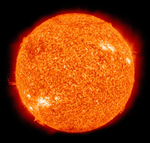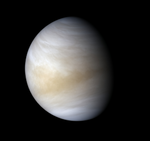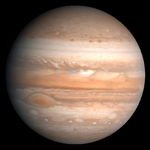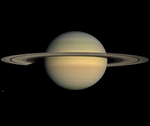Difference between revisions of "Gravitational Field Strength"
(→Examples) |
|||
| Line 44: | Line 44: | ||
| style="height:20px; width:200px; text-align:center;" |24N/kg | | style="height:20px; width:200px; text-align:center;" |24N/kg | ||
| style="height:20px; width:200px; text-align:center;" |11N/kg | | style="height:20px; width:200px; text-align:center;" |11N/kg | ||
| − | | style="height:20px; width:200px; text-align:center;" | | + | | style="height:20px; width:200px; text-align:center;" |9.0N/kg |
| style="height:20px; width:200px; text-align:center;" |12N/kg | | style="height:20px; width:200px; text-align:center;" |12N/kg | ||
|} | |} | ||
Revision as of 12:30, 11 February 2019
Contents
Key Stage 3
Meaning
Gravitational Field Strength is the force on an object per kilogram in a gravitational field.
About Gravitational Field Strength
- On Earth gravitational field strength is roughly 10 Newtons for each kilogram of mass (10N/kg).
- Different objects have different gravitational field strengths.
Examples
| The Sun | Mercury | Venus | Earth | The Moon |
| 290N/kg | 3.7N/kg | 8.8N/kg | 9.8N/kg | 1.7N/kg |
| Mars | Jupiter | Saturn | Uranus | Neptune |
| 3.7N/kg | 24N/kg | 11N/kg | 9.0N/kg | 12N/kg |
Key Stage 4
Meaning
Gravitational Field Strength is the force on an object per kilogram in a gravitational field.
About Gravitational Field Strength
- At sea level on Earth the gravitational field strength is 9.8 Newtons for each kilogram of mass (9.8N/kg).
Gravitational Field Strength depends on:









